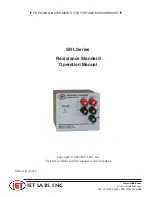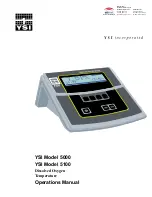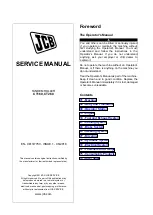
Setup and Connections
12
M Quickstart
Stereo Aux Outputs A - D
M offers 4 stereo
audio aux outputs
that can be used to
route each of the 4
multi parts to diffe-
rent outputs, if desired. Connect M’s
Aux
audio outputs to
your mixing console ace by using a cable with a stereo TRS
jack.
The USB 2.0 Connection
The
USB 2.0
port connects M to your com-
puter or iOS device with the following
system requirements:
•
Windows PC: Windows 7 or newer, a
USB 2 port
•
Apple: Intel or Apple Silicon Mac with macOS 10.9 or
newer, a USB 2 port
•
Apple iPad with iOS 9 or newer by using an optional
Apple ‘Lightning to USB Camera Adapter’ cable
The USB connection of M allows transmitting and receiving
of MIDI data transmitting.
SD Card Slot
r
It is important to use a FAT or FAT32 file system
formatted SD card. Other file formats won´t work.
r
Please insert the SD Card
upside
, i.e. with the
contacts not visible to you. Please insert the card
with normal force to avoid any damage.
A connected SD card allows:
•
Updating M’s firmware.
•
Importing and saving sound patches.
•
Importing and saving M-specific data – e.g. User wave-
tables
MIDI In/Thru/Out Jacks
Although we can hardly
believe it, M might not be
enough for some people, so
we added an elegant way to
control external sound modules
with M: just connect the DIN MIDI out
to your external
gear and use the knobs to control certain functions. For
use with a computer we recommend the
USB 2.0
port.













































